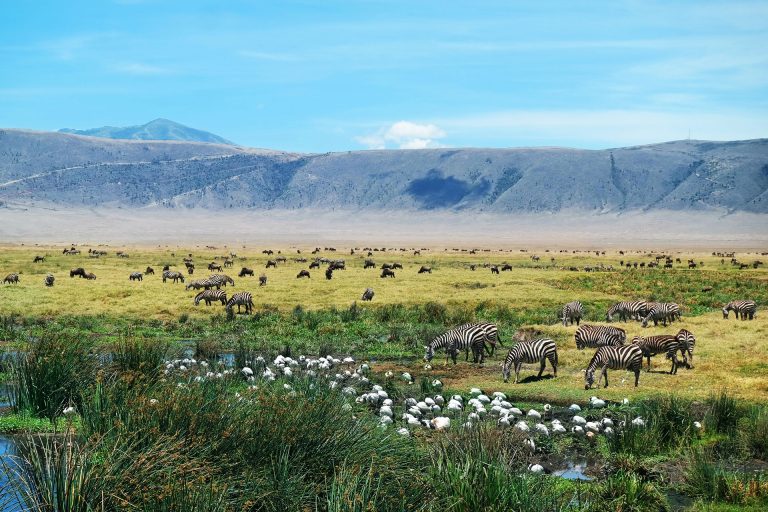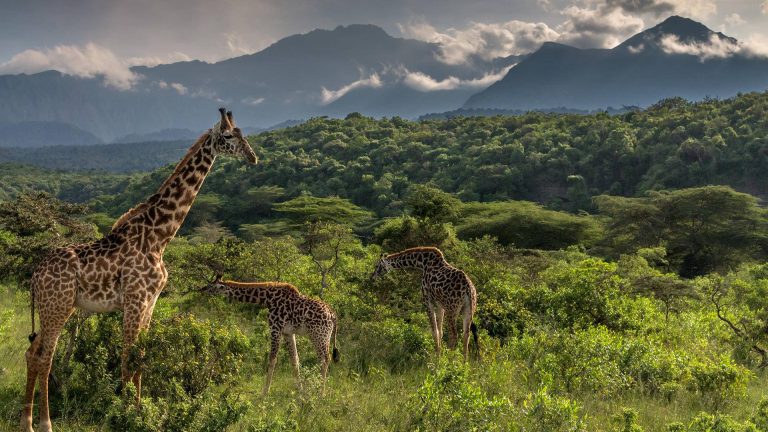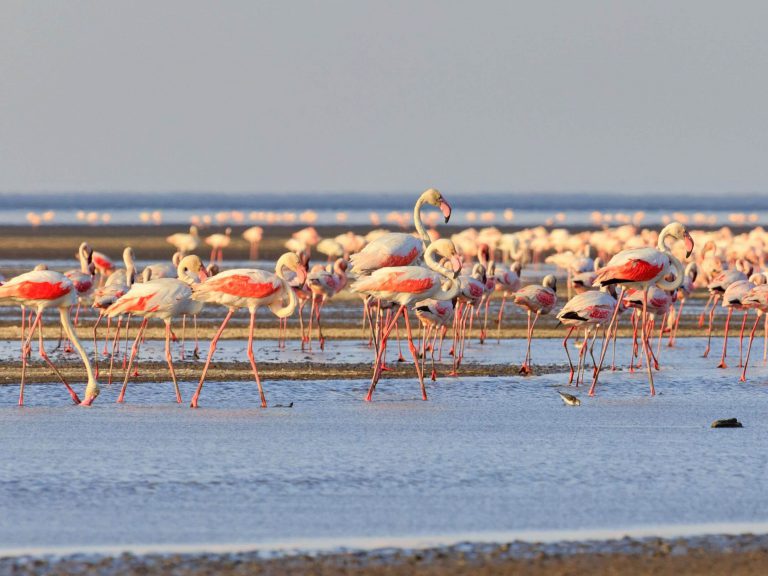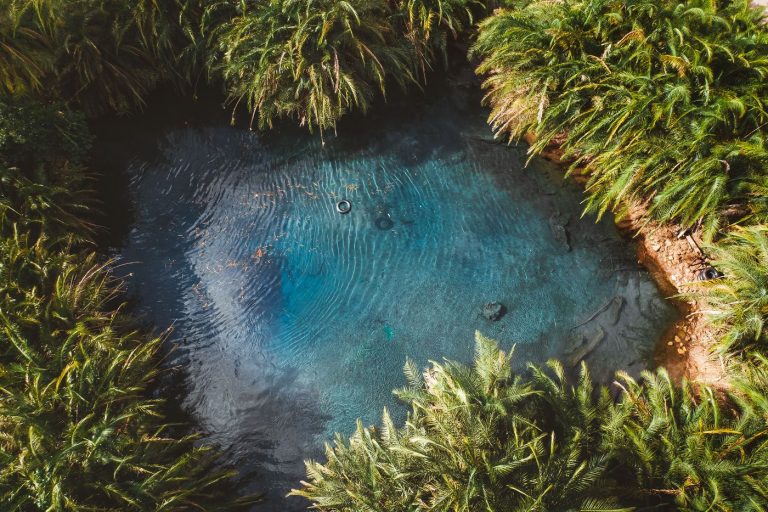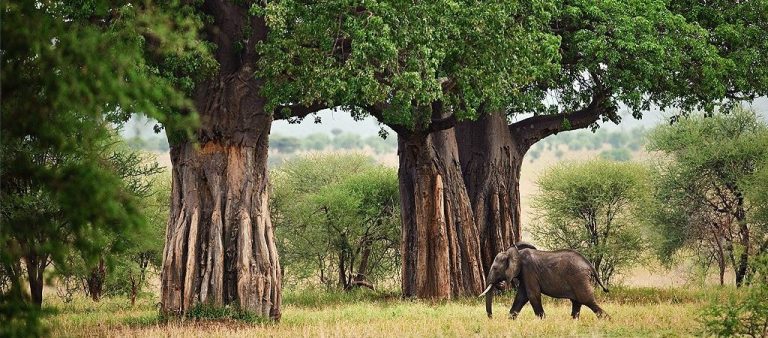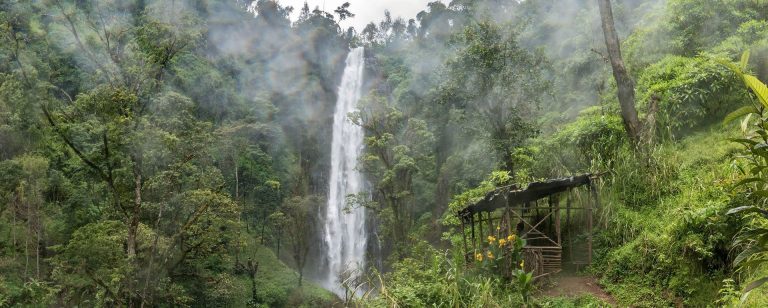The Great Serengeti Migration is one of the most extraordinary wildlife spectacles on Earth, involving the seasonal movement of over 2 million animals—mainly wildebeests, but also zebras, gazelles, and their predators—across the Serengeti ecosystem in Tanzania and into the Maasai Mara in Kenya.
🐾 Animals Involved in the Great Migration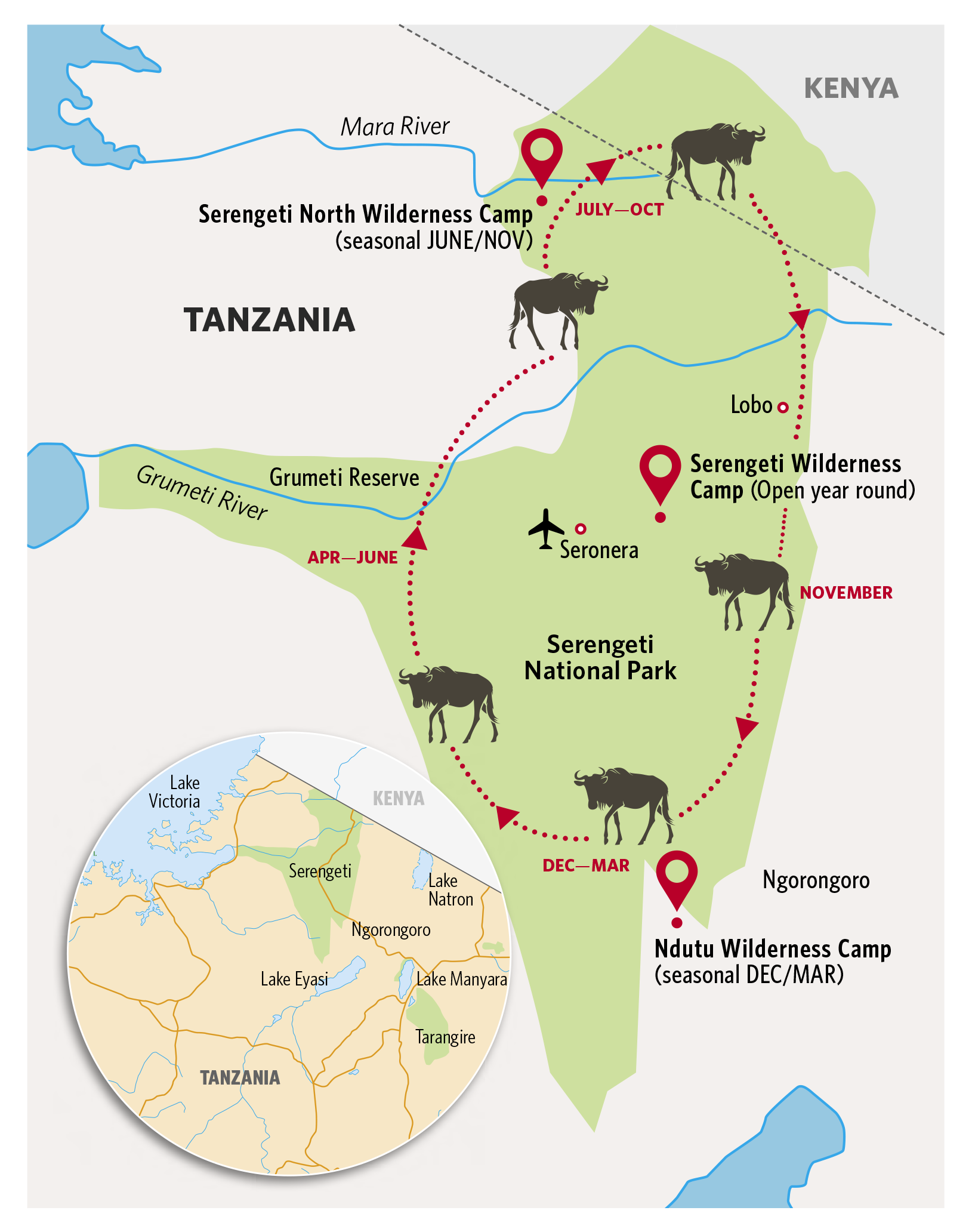
Wildebeest (≈1.5 million)
Zebras (≈300,000)
Thomson’s and Grant’s Gazelles (≈400,000)
Eland and Impala (smaller numbers)
Predators such as:
Lions
Cheetahs
Hyenas
Leopards
Crocodiles (during river crossings)
📅 Migration Calendar: Months, Routes, and Places
The migration is a year-round circular journey, and different events unfold in different regions:
✅ January – March (Southern Serengeti, Tanzania)
Location: Ndutu, Southern Serengeti, and Ngorongoro Conservation Area.
Highlights: Calving season – Over 500,000 calves are born in just 2-3 weeks.
Predator action is intense as lions and hyenas target the newborns.
✅ April – May (Central to Western Serengeti, Tanzania)
Location: Moving from Ndutu to Seronera and Grumeti region.
Highlights: Herds migrate northwest; the area is lush, but rainy.
✅ June – July (Western Corridor to Northern Serengeti)
Location: Grumeti River, Western Serengeti.
Highlights: First river crossings at the Grumeti River. Giant crocodiles await.
Begin heading toward the Mara River.
✅ August – October (Northern Serengeti, Tanzania to Maasai Mara, Kenya)
Location: Mara River (Tanzania & Kenya border), Northern Serengeti, and Maasai Mara.
Highlights: Mara River crossings – the most dramatic and iconic event of the migration.
Thousands of animals perish or are taken by predators or drown in the strong currents.
✅ November – December (Back to Southern Serengeti)
Location: From Maasai Mara southward back to Ndutu Plains.
Highlights: Return to rich grasslands in preparation for calving again.
🌍 Why Do Animals Migrate?
To Follow Rain and Fresh Grazing Lands:
The migration is driven by the search for fresh grass and water.
Survival & Reproduction:
Wildebeest time their calving when the grass is abundant for mothers to produce milk.
Instinctive Pattern:
The cycle has been followed for millennia; it’s an instinctive, evolutionary behavior.
⭐ Why You Should Never Miss the Great Migration
🧭 Once-in-a-lifetime Experience:
Watching thousands of animals thunder across the plains is raw, powerful, and humbling.
🎯 Predator-Prey Drama:
You’ll witness real-time wildlife action: lion hunts, crocodile ambushes, and dramatic chases.
📸 Stunning Photo Opportunities:
River crossings, calving moments, and massive herds on the move are perfect for photography.
🌐 Top Safari Destinations:
Combines visits to legendary parks like Serengeti, Ngorongoro, and Maasai Mara.
🌿 Eco-System in Motion:
It’s a living demonstration of how nature balances itself across thousands of kilometers.
🏞️ Key Locations in Tanzania & Kenya
Tanzania:
Southern Serengeti (Ndutu, Kusini)
Central Serengeti (Seronera)
Western Serengeti (Grumeti)
Northern Serengeti (Kogatende, Lamai)
Kenya:
Maasai Mara National Reserve
📝 Final Thought
The Great Migration is more than a wildlife event; it’s a natural masterpiece. Whether you visit for the thrilling river crossings or the newborn calves in the south, it’s a journey of survival, strength, and instinct that every nature lover must experience at least once.
Would you like me to help you build a safari itinerary around the migration months?

